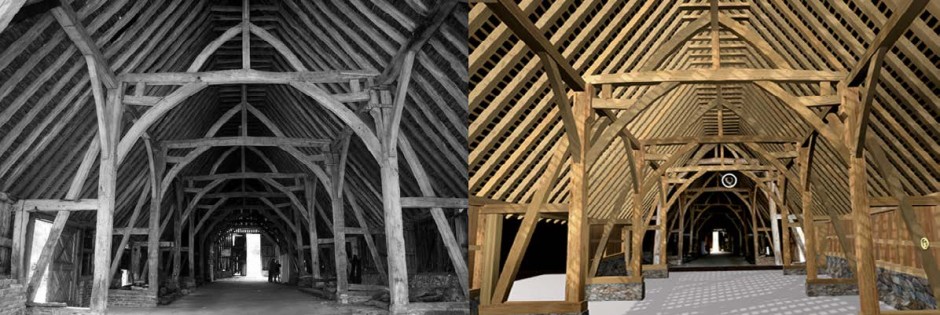Funded by the European Commission, the ‘Traditional Wooden Constructions of Europe – TRAWCOE’ (2013-2015) Leonardo Learning Partnership project set out to develop a novel educational and technical solution for vocational education and training in the realm of Traditional Timber Building. The project was initiated and coordinated by EK Association (Budapest, Hungary) and brought together a broad partnership comprised of construction trade representatives, architectural practices, timber processing companies, vocational schools offering carpentry and architectural training and not-for-profit organizations active in the field of preservation of historic monuments and traditional crafts. The participants of the international partnership represented seven European countries: France, Hungary, Italy, Latvia, Romania, Spain and the United Kingdom.
The consortium targeted the assembly of an online educational tool dealing with timber constructions of heritage importance selected from the countries of the partnership. The selection included examples from private and public ownership, domestic dwellings, agricultural, industrial, secular and ecclesiastic buildings. They were all chosen to be representative of a high level of architecture and craftsmanship. The range of time periods covers nearly six centuries, providing a comprehensive overview of the European carpentry heritage with a long tradition of refined craftsmanship and professional values.
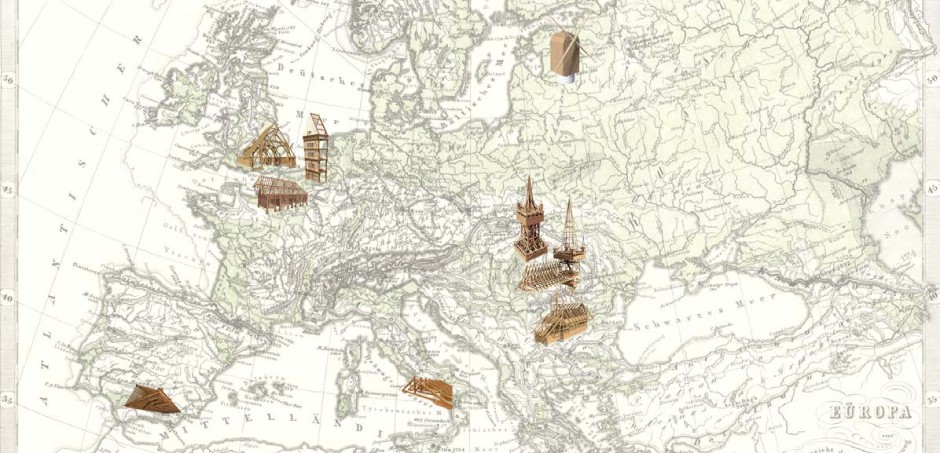
Objective of the program
The objective of the program was to build an online-accessible “Virtual Museum” of the selected timber structures modelled in 3D, each providing a narrative about the architectural and technical solutions applied in them, as well as the associated cultural and historical context and technical references. The TRAWCOE project offers access through this new medium, but developed specifically for educational purposes. This new and web-accessible resource offers the ability to explore complex assemblies and construction systems through interaction with CAD modelled buildings in the virtual space.
The characteristics of the learning device described above gradually evolved further by blending the initial, completely informal learning approach, with more features associated with the formal techniques used in institutional education and with the BIM-derived solutions. This endeavor sets out to achieve a similar set of complex technical solutions that BIM generally offers for architects and others involved with the building industry, but through a simple web-browser window, and without having to install any additional software or applications. Similarly to BIM technology, TRAWCOE assembles a broad knowledge-set relevant to the individual historic structures
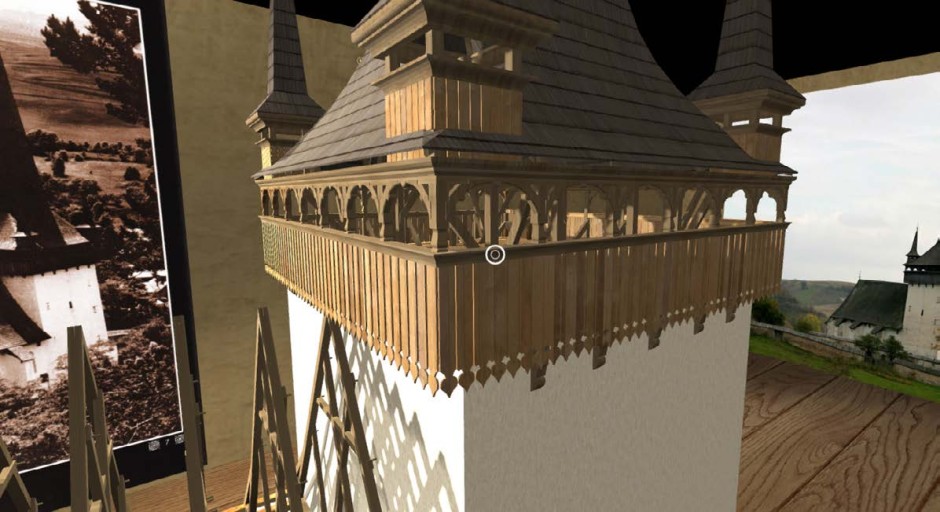
The characteristics of the learning device described above gradually evolved further by blending the initial, completely informal learning approach, with more features associated with the formal techniques used in institutional education and with the BIM-derived solutions. This endeavor sets out to achieve a similar set of complex technical solutions that BIM generally offers for architects and others involved with the building industry, but through a simple web-browser window, and without having to install any additional software or applications. Similarly to BIM technology, TRAWCOE assembles a broad knowledge-set relevant to the individual historic structures condensing all into one single virtual environment, where the different pieces of information – starting from the exact technical expressions to the historical or structural descriptions – are all connected to the single elements of the construction. These facts and definitions were designed to be accessed through mouseclicks in the model, or by using a detailed and well-structured menu system.
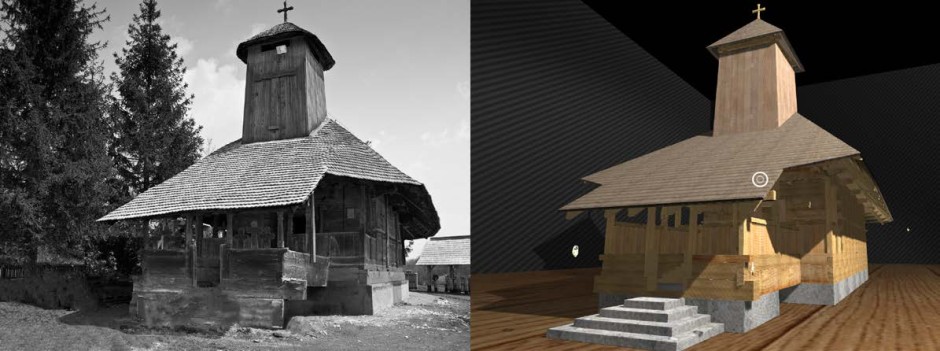
Challenges
The challenge for the TRAWCOE partnership was to work out the appropriate educational methodology, while at the same time providing informal technological solutions for the key issues raised by each structure, and set a working prototype capable of being developed for similar initiatives in the future.
The role of Archicad
The nine 3D models assembled by TRAWCOE used Archicad as the preferred CAD software of the project and with the help of a BIM Server to link the multi-user teamwork. The modeling workshop environments were created using the Unity3d engine, which enabled the embedding of the training workshops into the web-browser window with the only requirement of a once-only installation of free Unity Webplayer plugin. The TRAWCOE resource itself is accessible through play.trawcoe.com. It offers a largely multilingual homepage with a responsive design that provides access to the separate workshops of the different building models. The home page also hosts a map of Europe, illustrating the original location of the chosen timber buildings. It also has a gallery of timber joints used in each of the 3D models and a multilingual technical dictionary, which collates the most important and structure-specific expressions of historic carpentry.
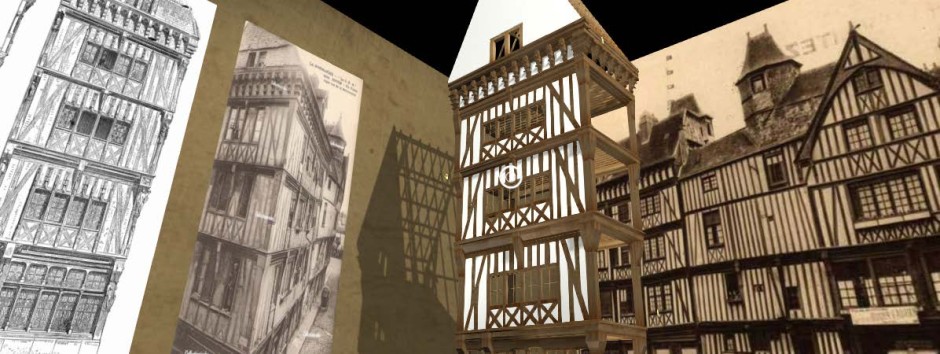
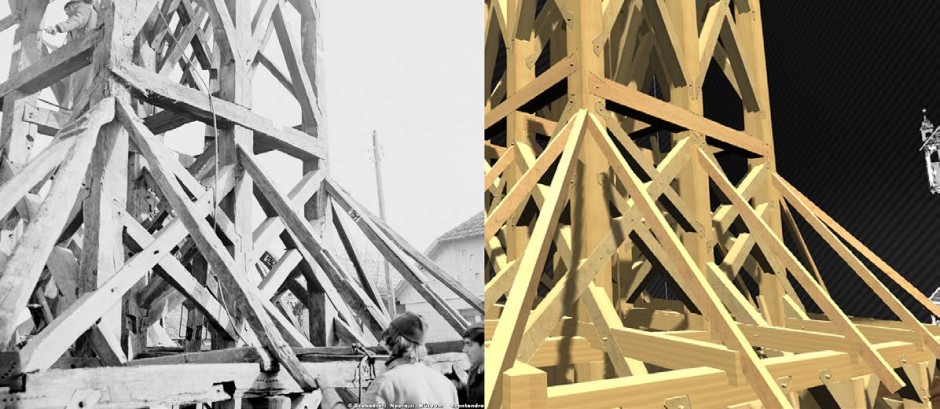
Project details
Client: EK Association, Budapest
Project name: Traditional Wooden Constructions of Europe – TRAWCOE – 2013-2015
Type of project: Leonardo Partnerships Project financed by the European Commission
Project outcomes:
- Educational tool entitled ‘Play TRAWCOE’
- Educational study entitled ‘Prototype for Virtual Reality as an Educational Resource’
Locations/Partner Countries: Hungary, France, Italy, Latvia, Romania, Spain, United Kingdom
Partners:
EK Association (HU), coordinator
GIP FCIP de Basse Normandie, Caen, France (FR)
Riga School of Arts and Crafts, Riga, Latvia (LV)
Cultural and Educational Intervention Center Doctum, Granada, Spain (ES)
Interactive Education Association, Bals, Romania (RO)
Professionsbois, Alençon, France (FR)
Woodnet, Wadhurst, United Kingdom (UK)
Tektum Architectural Office, Cluj Napoca (RO)
Studio Giuseppe Sarubbi, Napoli (IT)
Software used: Archicad, Unity3D

About Graphisoft
Graphisoft® ignited the BIM revolution in 1984 with Archicad®, the industry first BIM software for architects. Graphisoft continues to lead the industry with innovative solutions such as its revolutionary BIMcloud®, the world’s first real-time BIM collaboration environment; and BIMx®, the world’s leading mobile app for lightweight access to BIM for non-professionals. Graphisoft is part of the Nemetschek Group.
